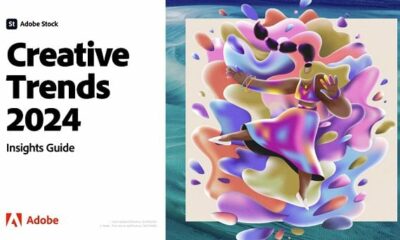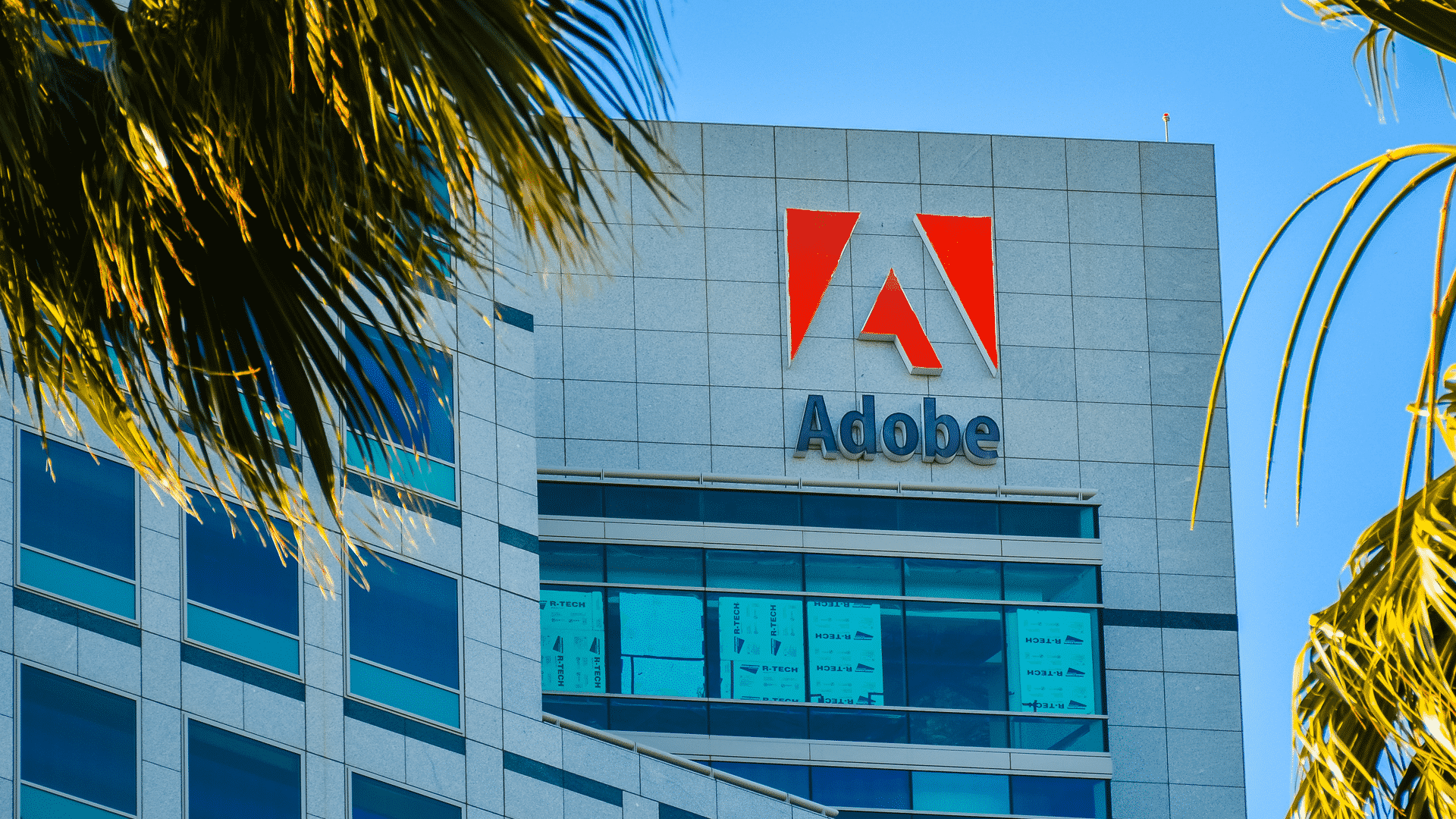NEWS
Adobe rearchitects its CDP: Wednesday’s daily brief
Marketing Land’s daily brief features daily insights, news, tips, and essential bits of wisdom for today’s digital marketer. If you would like to read this before the rest of the internet does, sign up here to get it delivered to your inbox daily.
Good morning, Marketers, and digital keeps everything running.
But for how long? Let me explain. I was struck by a comment from Adobe CEO Shantanu Narayen to the effect that digital capabilities kept the economy running over the last year. There may be an element of hyperbole there, but it seems essentially true.
I’ll go further. Digital kept everything running, not only in our work lives but in every other sphere, from shopping to entertainment. It even kept human relationships running, beyond the immediate circle of the household.
The first two stories below raise the question of whether everything — everything — will revolve around digital in the future. Based on our Events Participation Index, marketers are just about ready to meet in person again early next year; but a thunderous majority want the chance to attend inexpensive, easy-on-travel virtual events too.
And Adobe, of course, is betting that the huge boost to digital we’ve seen in B2C and B2B customer journeys will be sustained. Will it, or will we go back to our old ways? We are setting out on a fascinating journey.
Kim Davis
Editorial Director
In-person events for marketers may be back in early 2022
The majority of marketers are ready to come back to in-person conferences by the start of 2022. But improvements in virtual conferences and lingering uneasiness about the pandemic will likely mean smaller shows at the outset. The data derives from the March edition of the Events Participation Index survey, which we have fielded regularly since the beginning of the pandemic.
About 38% of the nearly 250 marketers we surveyed in March said it is extremely likely that they will attend an in-person show in the first half of 2022, while about 45% gave the prospect a moderate to somewhat likely possibility. The numbers shrink as you get closer to the present, with only 21% saying it is extremely likely they would attend in-person events in the fourth quarter of 2021 and an even smaller 17% saying it is extremely likely they’d attend in the third quarter.
The COVID-19 pandemic gave new life to digital events. The pivot from in-person also equalized experiences, as major trade shows and smaller regional conferences were generally reduced to video-based education and networking. It’s a medium that found an audience out of necessity, and it’s likely to stick around.
About 92% of marketers who took our survey said organizers should keep offering virtual events even when in-person events return. And the reasons are not surprising. Most cited the ability to attend more events and to more easily integrate them into their schedules. Others cited safety during the pandemic and the lesser environmental impact of digital shows. But most often respondents cited the expense.
Privacy-based changes to Adobe’s Real-Time CDP
“It is digital that has kept the economy running,” said Adobe CEO Shantanu Narayen before unveiling a series of product announcements at Adobe Summit yesterday. Unexpectedly, Adobe announced the launch of the next generation of its Real-Time CDP. The CDP, which has been generally available since Q1 2019, has been re-architected for first-party data-driven customer acquisition. The changes come in open acknowledgment of the altered consumer privacy landscape and the deprecation of third-party cookies.
The result is intended to be personalized experiences based only on data the customer has chosen to share, but Adobe is also providing Segment Match capabilities, allowing brands with common interests to share non-sensitive segment data in order to expand their reach (for example, a kitchen equipment retailer might enter a segment-matching partnership with a recipe publisher or ingredient supplier). Adobe also announced a B2B edition of the Real-Time CDP, expected to be available in summer, 2021.
Adobe Workfront is now integrated in the application layer of Adobe Experience Cloud, providing advanced marketing workflow capabilities and supporting what Adobe is calling a marketing system of record — a unified solution for sharing ideas, managing content creation and automating complex marketing processes.
Why we care. Although Salesforce continues to lead the CRM market by a league, Adobe remains one of the most significant other players. It was the first marketing cloud, and it is today arguably the most complete customer experience suite (it provides digital asset management and CMS — including headless CMS — capabilities, which Salesforce does not. Holding its main conference early in the season provides it with an opportunity to set the agenda: we’re waiting to see whether Oracle, Salesforce and SAP will make privacy-based changes to their CDPs.
Will Apple’s App Tracking Transparency change the game for advertisers?
It’s been about ten months since Apple first announced that apps will have to seek explicit consent from users if they want to track their activity across other apps and websites, but App Tracking Transparency has finally launched as part of iOS 14.5.
You may recall that Facebook decried the new feature, even going as far as to take out ads in The Washington Post, The New York Times and The Wall Street Journal stating that it was taking a stand against Apple on behalf of “small businesses everywhere.” It’s easy to see that Facebook is downplaying how Apple’s change affects its own business, but many small businesses do rely on personalized ads to reach audiences.
iPhones accounted for 62% of all domestic ad impressions on Facebook, Instagram, Messenger and the Audience Network in March (up from 56% compared to the year prior), according to Tinuiti’s Q1 2021 Facebook Ads Benchmark Report. Android, on the other hand, accounted for 29%, which is actually a slight decrease from what it was in March 2020.
Why we care. This discrepancy highlights the potential impact that App Tracking Transparency may have. “With Apple devices accounting for such a large share of ad impressions, it will be crucial for advertisers to quickly adapt to the new state of campaign optimization and management to succeed moving forward,” a representative for Tinuiti commented.
Quote of the day
“Throughout the pandemic, we saw a disproportionately adverse impact on women’s careers. In parallel, women-led startups received just 2.3% of VC Funding in 2020 and Publicist was one of them. This wasn’t just part of an overall decrease in VC funding. In 2019, 2.8% of funding went to women-led startups.” Lara Vandenberg, founder and CEO, Publicist
Author
Kim Davis is the Editorial Director of MarTech Today. Born in London, but a New Yorker for over two decades, Kim started covering enterprise software ten years ago. His experience encompasses SaaS for the enterprise, digital- ad data-driven urban planning, and applications of SaaS, digital technology, and data in the marketing space.










